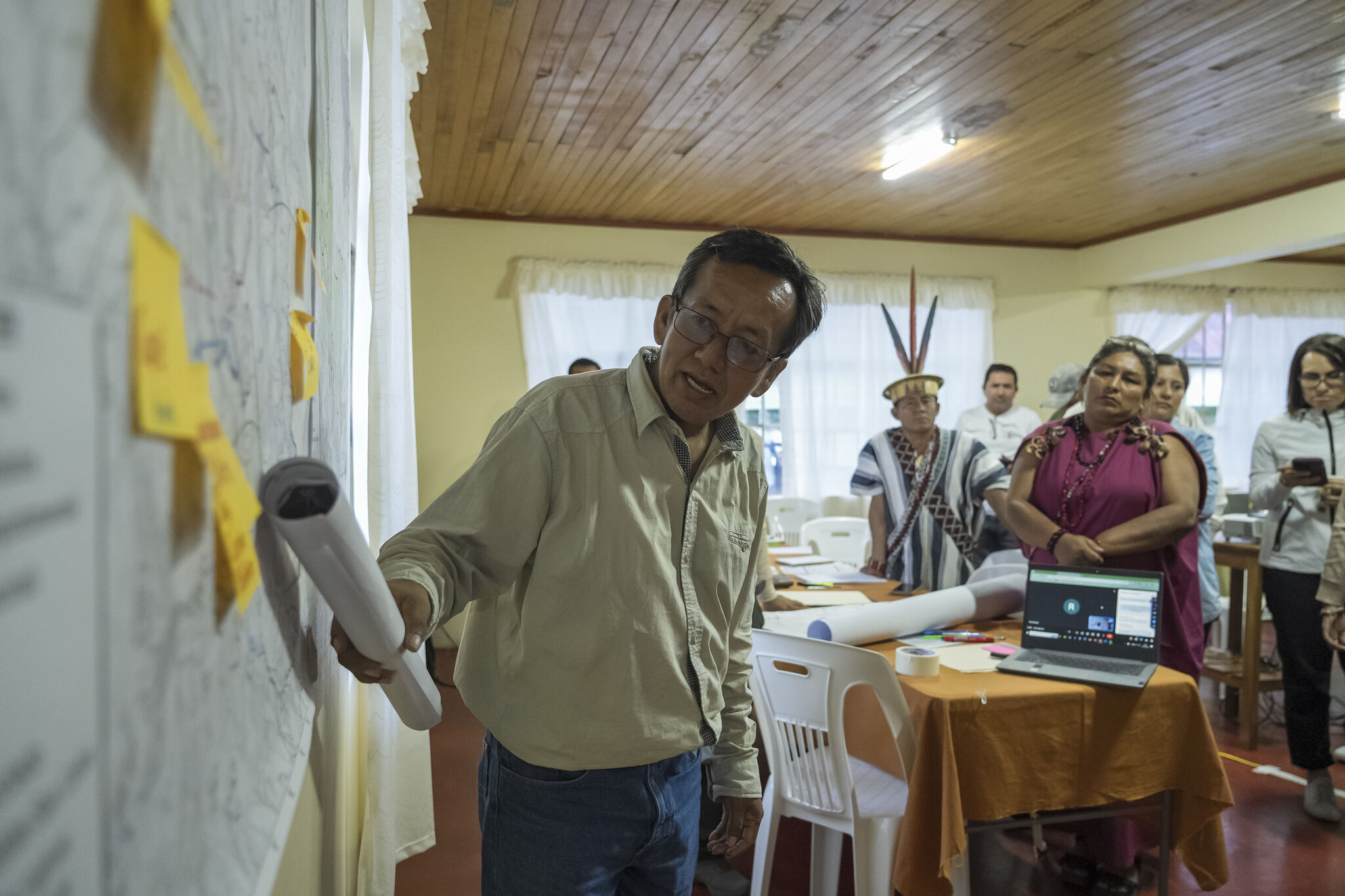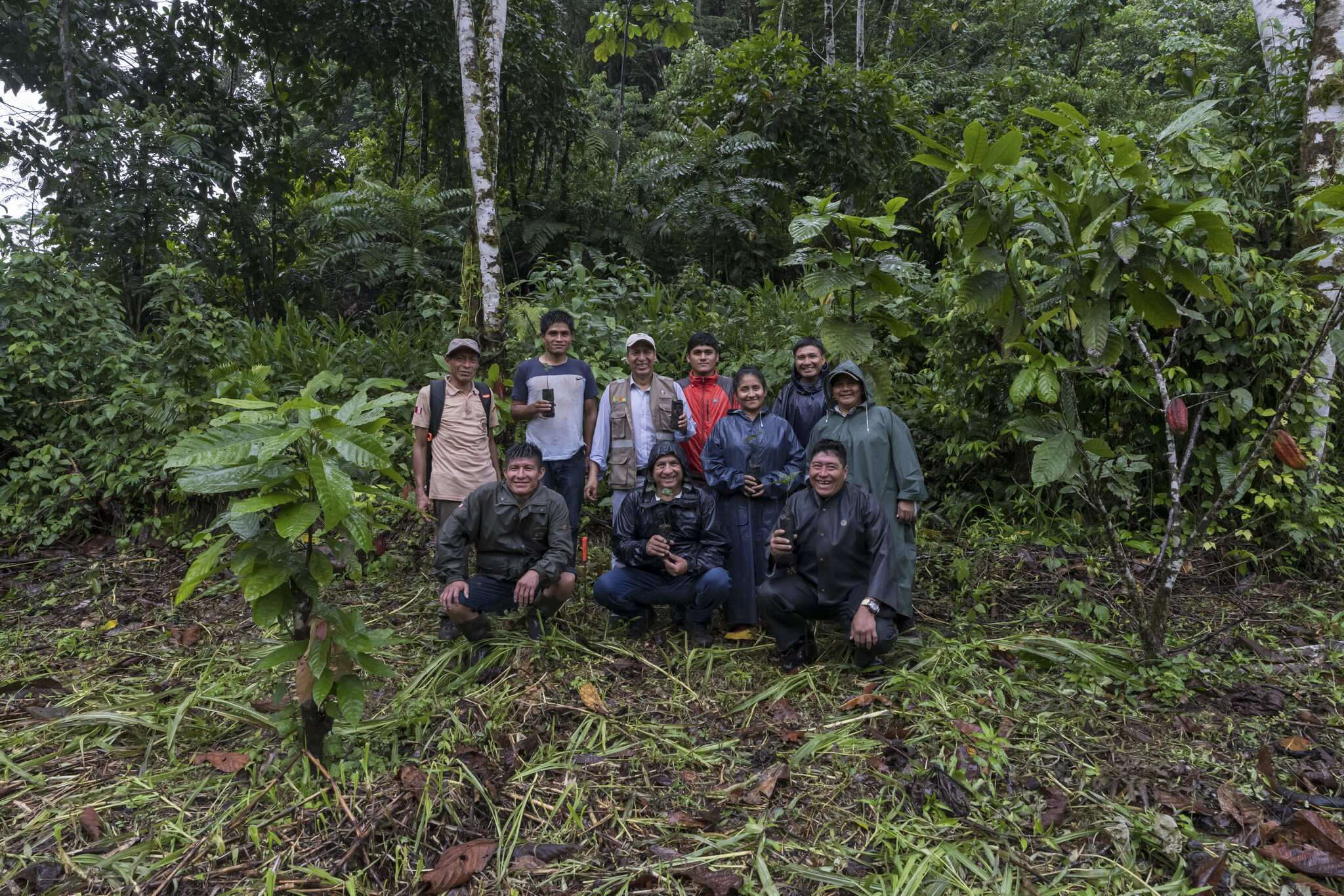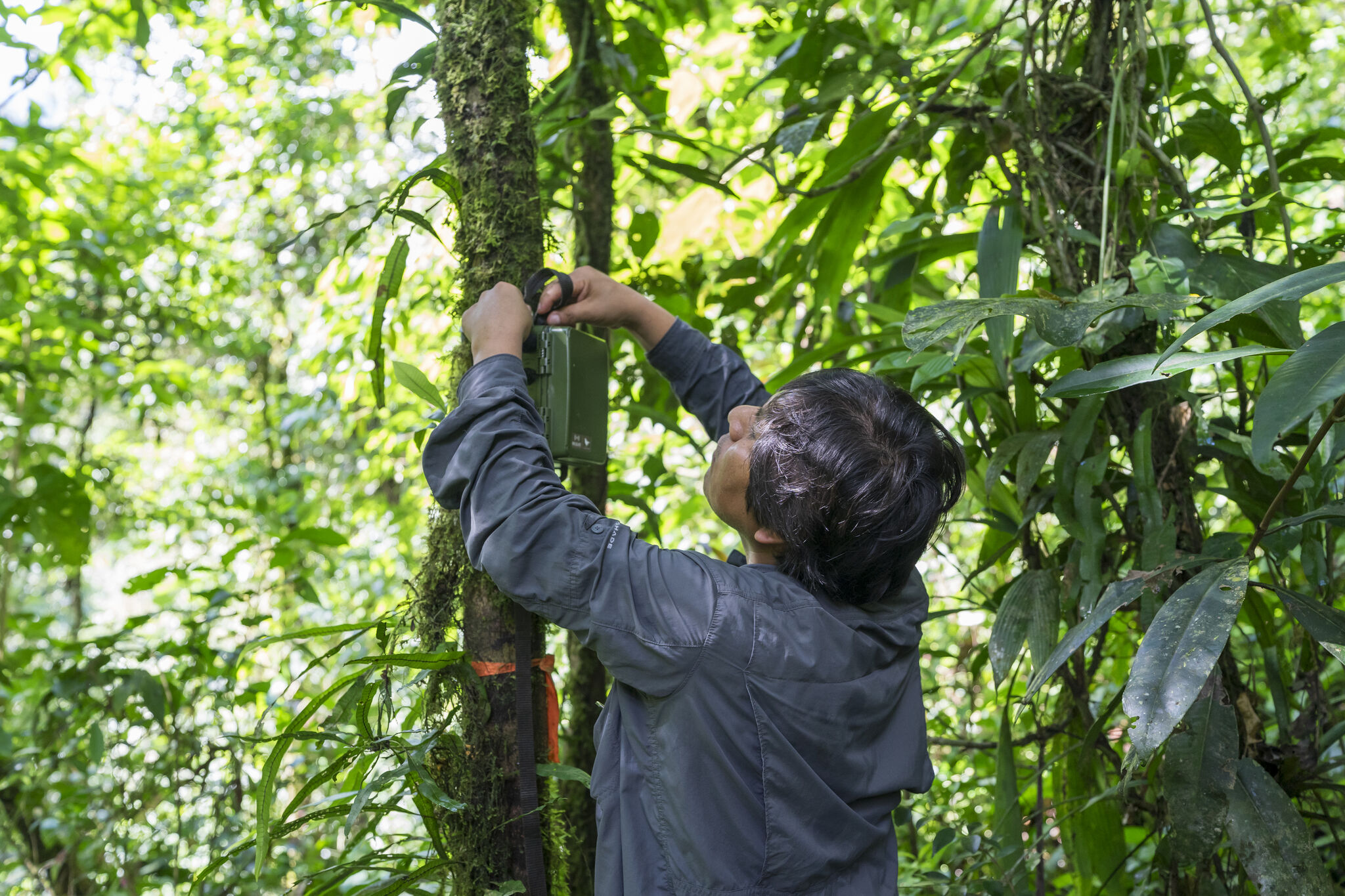Kowen Antami
REDD+ Project
Forest protection led by Indigenous Communities
The project
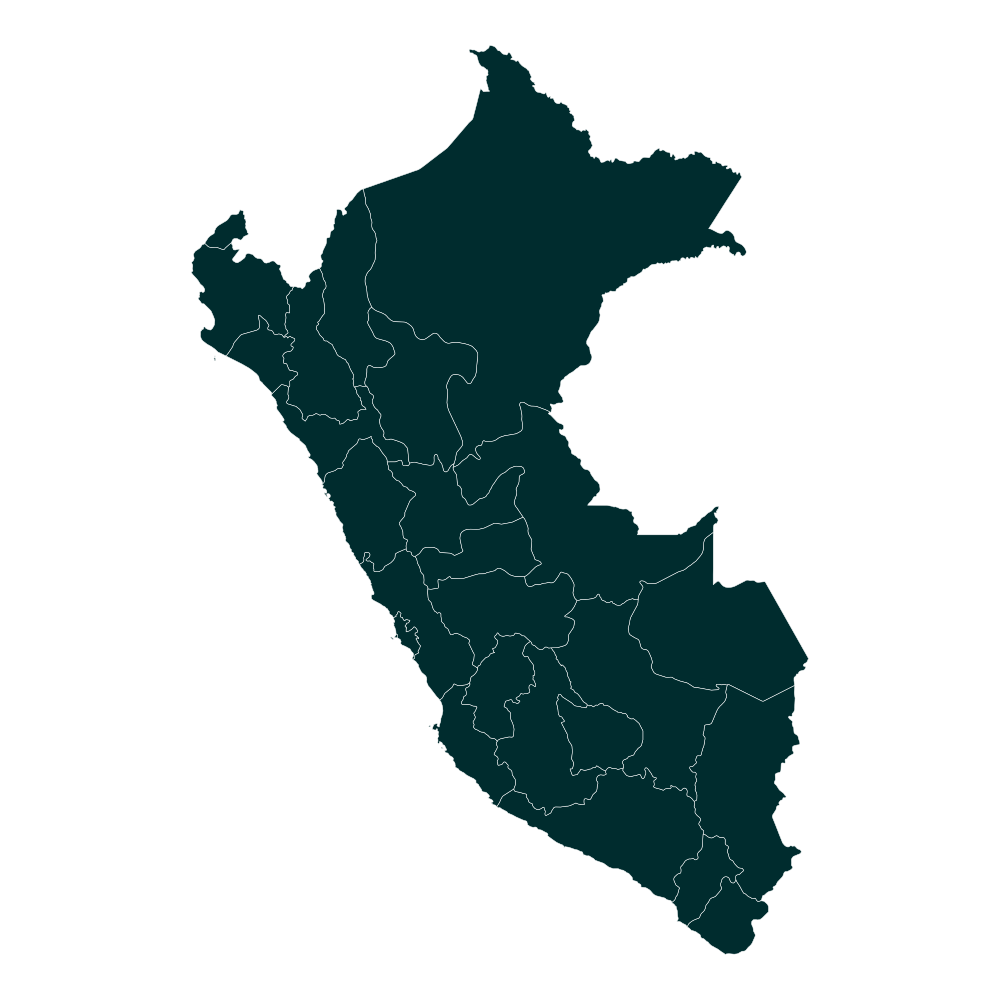
Pasco
260,000 ha of cloud forests in a UNESCO Biosphere Reserve
The Kowen Antami Consortium — a partnership of two Indigenous organisations (ANAP and AMARCY) and a local NGO — has been entrusted with a 20‑year administrative contract to manage two exceptional protected areas in the Pasco region of Peru: Yanachaga Chemillén National Park and the San Matías–San Carlos Protection Forest. Together, these areas cover more than 260,000 hectares and form a core part of the Oxapampa–Asháninka–Yánesha Biosphere Reserve (BIOAY), a UNESCO‑recognised sanctuary of biodiversity and culture.
These cloud forests and tropical landscapes are home to extraordinary wildlife — from the spectacled bear to an incredible diversity of orchids — and harbour numerous endemic and recently discovered species. For generations, the Asháninka and Yánesha peoples have lived in balance with this environment, preserving knowledge, traditions, and sustainable land management practices.
Yet the last twenty years have brought increasing deforestation and degradation, driven by pressure for agricultural land and fuelwood. The Kowen Antami project aims to reverse these trends through Indigenous‑led conservation, sustainable livelihoods, and climate change adaptation, ensuring that BIOAY continues to protect biodiversity, absorb greenhouse gases, and sustain cultural heritage for the future.
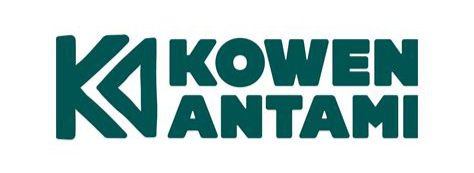
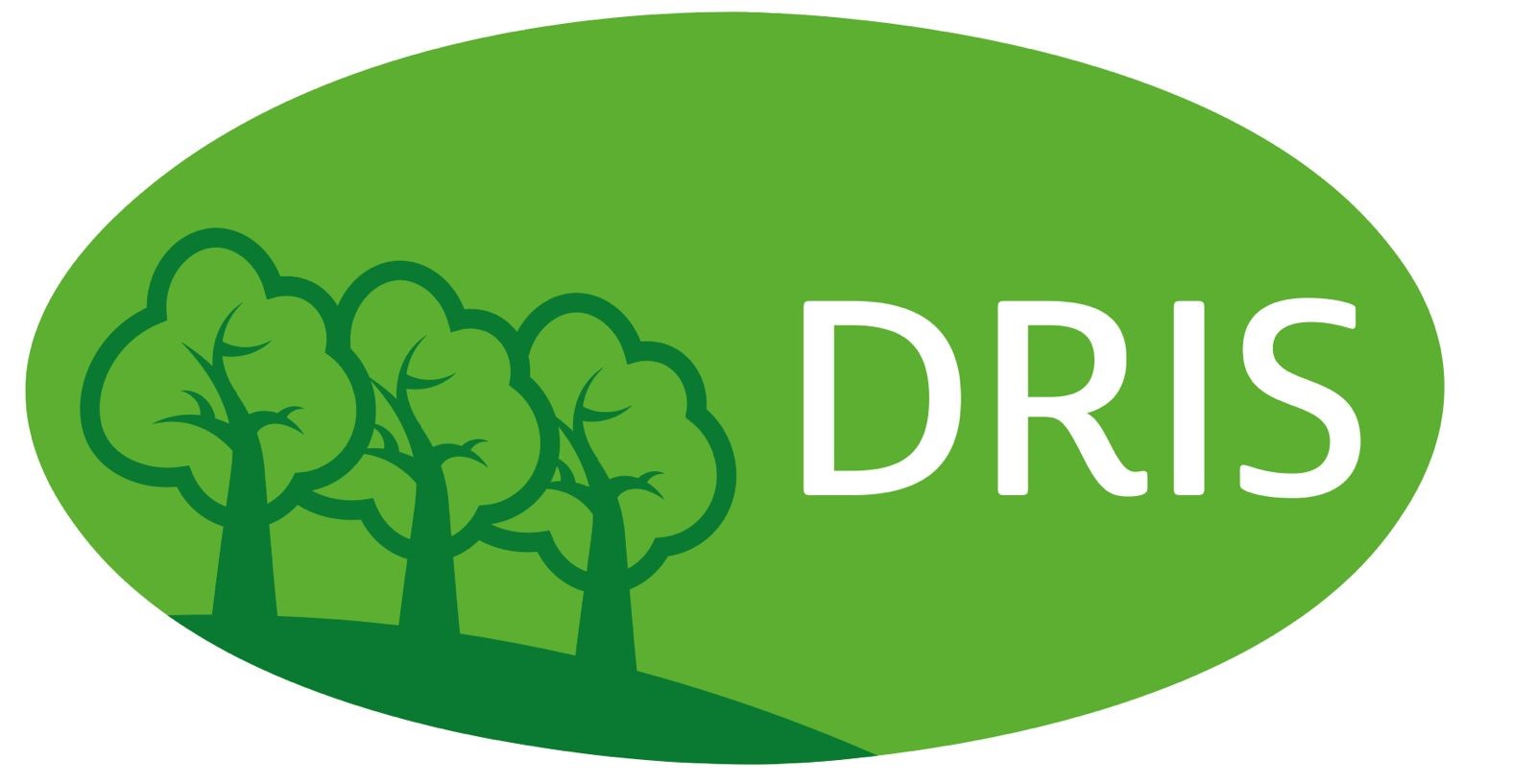
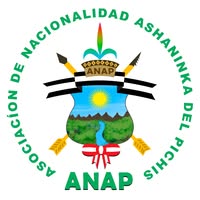
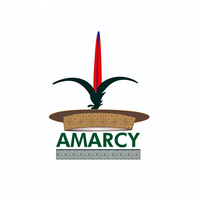
STANDARD
Verra VCS
PROTOCOL
VM0048
CREDITS
VCUs
START YEAR
2022
VOLUMES EXPECTED
1Q 2026
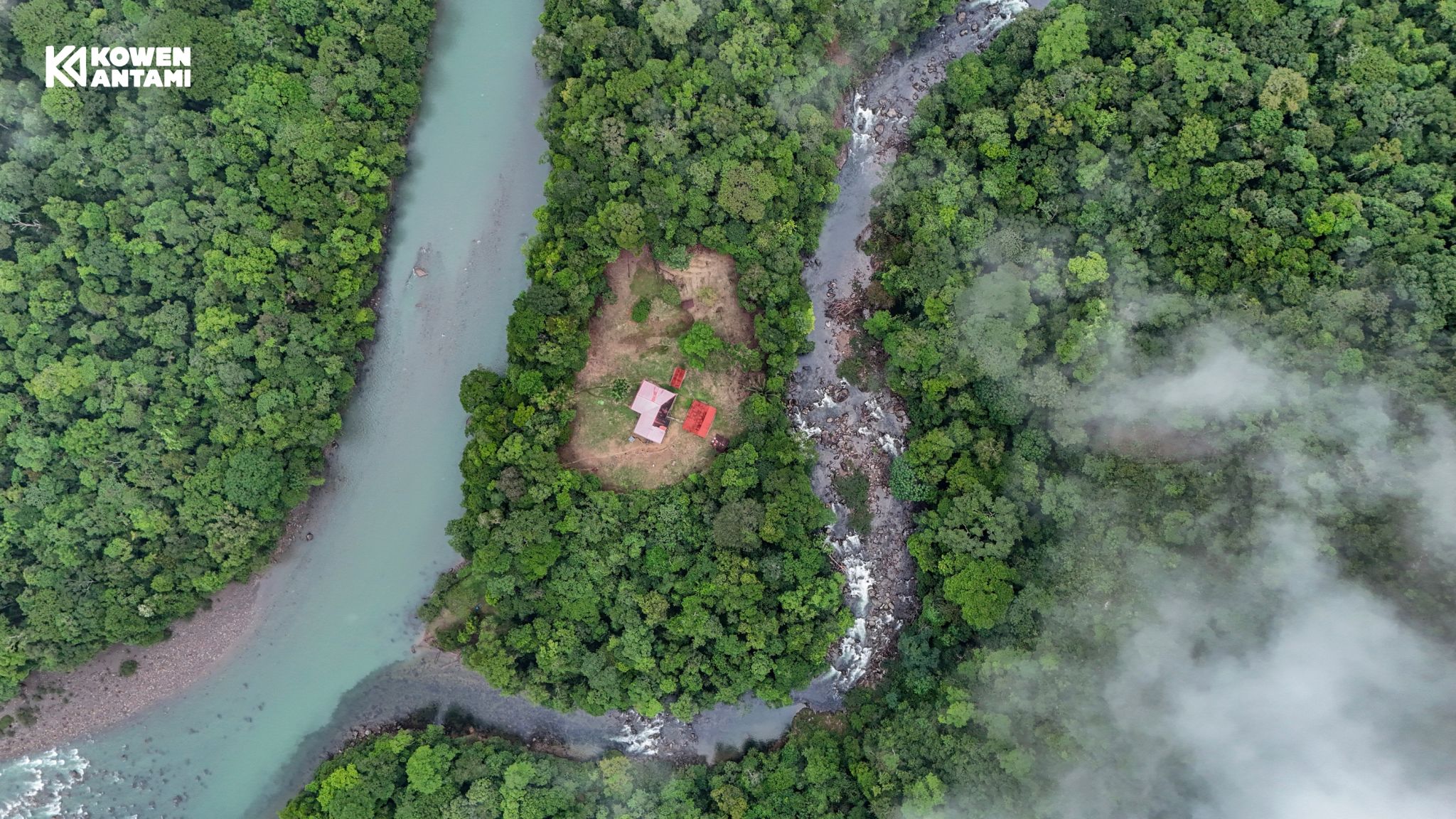
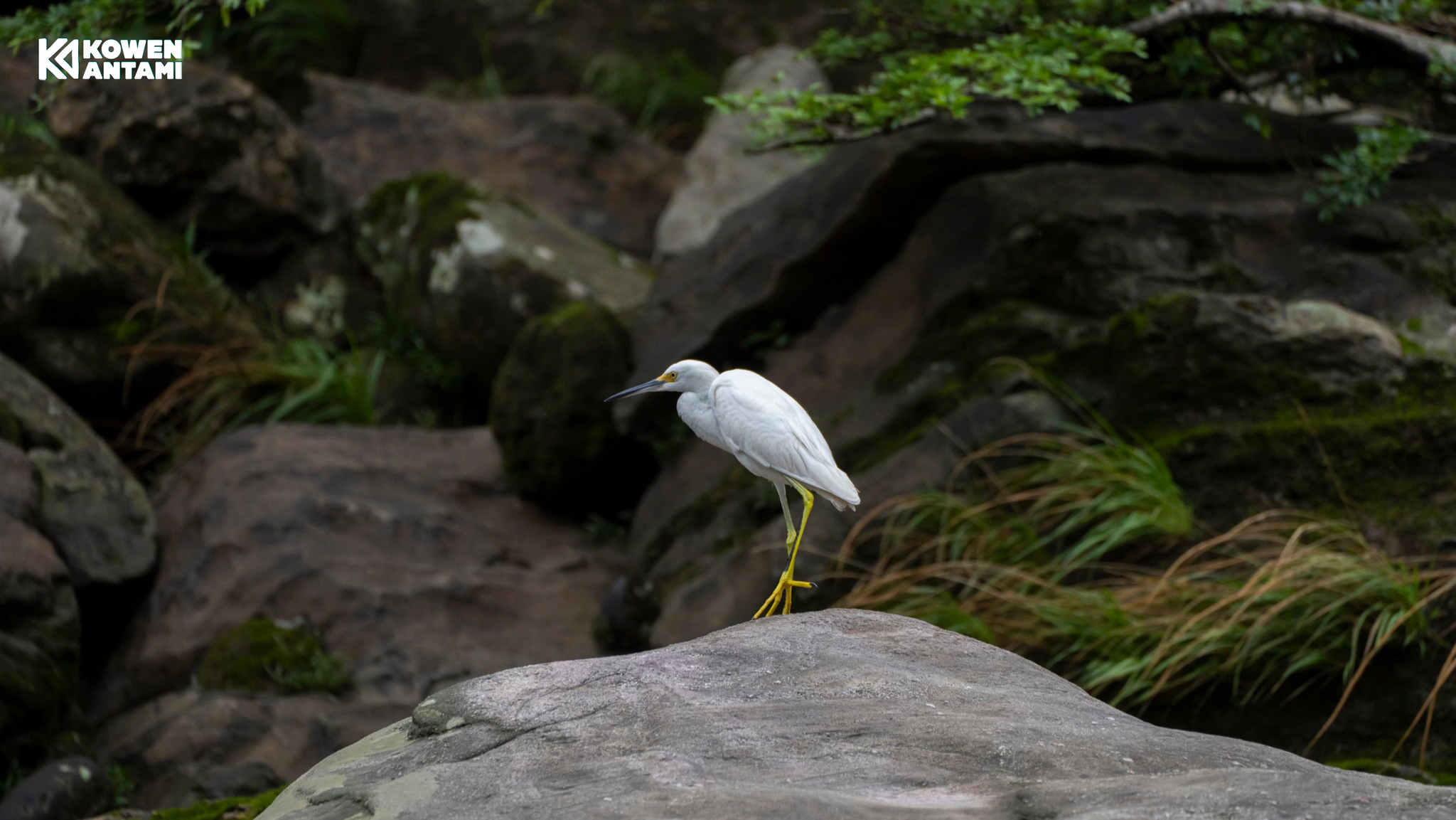
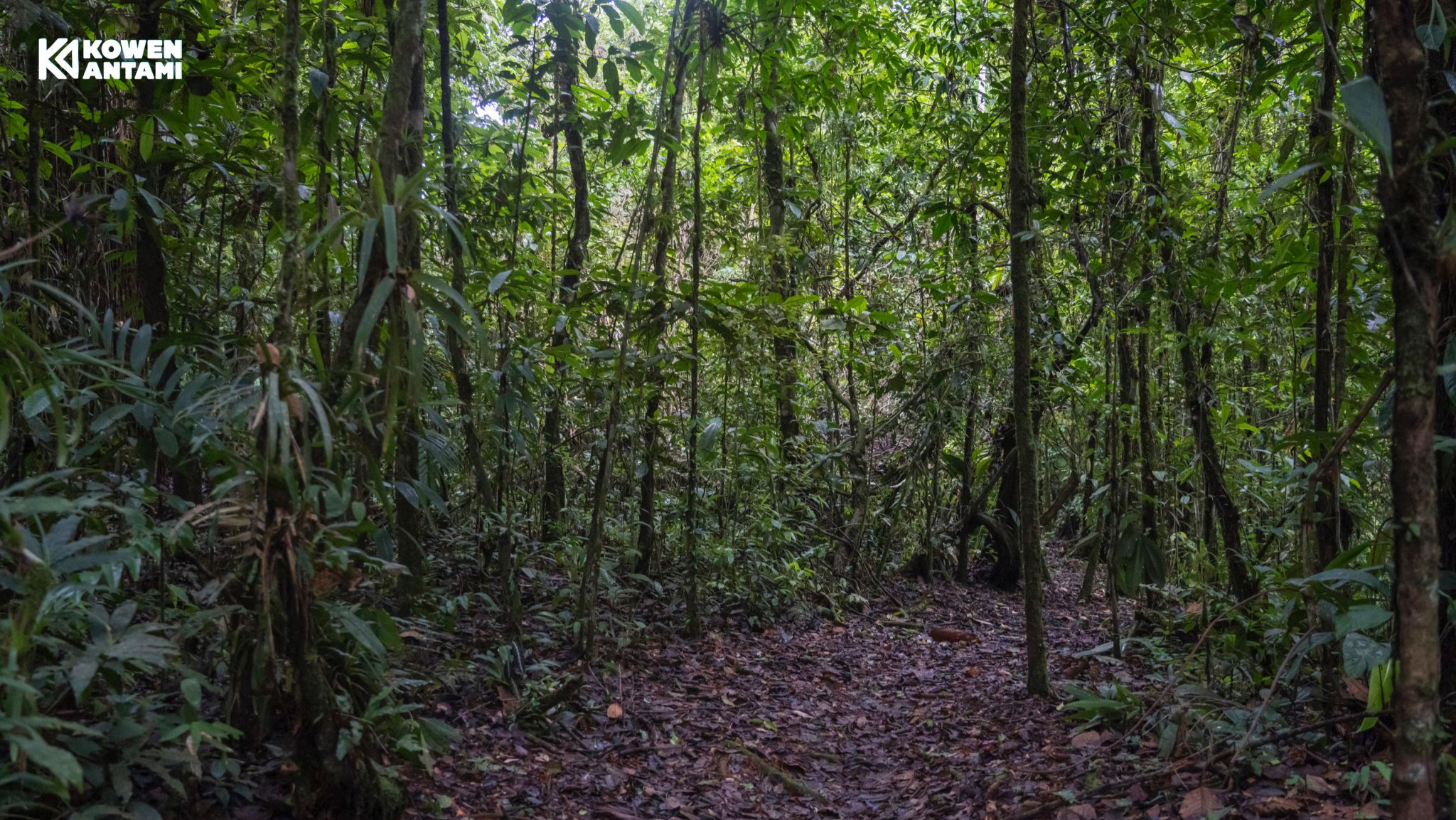
Activities
As a jurisdictional REDD+ initiative, the Kowen Antami project implements measures to mitigate deforestation, degradation, and greenhouse gas emissions, while enabling local Indigenous communities to adapt to climate change. These measures are designed to improve livelihoods through sustainable economic alternatives such as eco‑tourism, sustainable agriculture, and the development of community‑based enterprises.
Community members are directly engaged in the active protection and management of Yanachaga Chemillén National Park and the San Matías–San Carlos Protection Forest. Activities include patrolling and monitoring to prevent illegal logging and land clearance, installing and maintaining bioacoustic systems to track wildlife populations, and carrying out habitat restoration in degraded areas. Local knowledge is combined with scientific techniques — such as biodiversity surveys and watershed management — to preserve the ecological functions that underpin the region’s climate resilience.
Income‑generating activities are integrated into conservation work, ensuring tangible benefits for the people who safeguard these landscapes. These include training programmes, support for sustainable natural resource use, and expanded opportunities in sectors that complement conservation goals rather than compete with them.
Key pillars
The Kowen Antami project is built on a foundation of Indigenous leadership, robust governance, and an integrated approach to conservation and development. The participation of ANAP and AMARCY as co‑administrators guarantees that local voices and decision‑making are at the heart of the project, supported by a transparent governance model and equitable benefit‑sharing mechanisms.
Biodiversity protection is central to the approach: the parks span highly biodiverse cloud forests, high‑altitude grasslands, and tropical rainforest ecosystems with species found nowhere else on Earth. By combining traditional ecological knowledge with modern conservation science — from patrolling and enforcement to bioacoustic monitoring of fauna — the project ensures that both iconic species like the spectacled bear and less visible but ecologically critical species are protected.
The project also serves as a model for sustainable development within a UNESCO biosphere reserve. It demonstrates how conservation can be integrated with local livelihoods, creating a landscape where nature and people thrive together. Actions to strengthen watershed protection, carbon storage, and ecological connectivity have global value, contributing to climate change mitigation and adaptation efforts far beyond Peru.

Indigenous Leadership
Managed by ANAP and AMARCY, ensuring local decision‑making and culturally grounded conservation.
One

Protected Areas Management

Science & Tradition
Combining Indigenous ecological knowledge with tools like bioacoustic monitoring for advanced biodiversity tracking.

Biodiversity Protection
One

Sustainable Livelihoods

Climate Action
REDD+ activities reduce emissions, strengthen carbon stocks, and boost ecosystem resilience to climate change.
Safeguards
The project is guided by the highest environmental and social standards, applying VERRA CCB (Climate, Community & Biodiversity Standards) to ensure lasting, transparent impact. It is directly led by Indigenous organisations, with benefit‑sharing frameworks shaped and approved through fully participatory processes.
Key safeguard measures include:
1. Participatory governance: Decision‑making through assemblies, consultations, and consensus, ensuring all relevant stakeholders — including Indigenous peoples and local communities (IPLCs) — can fully engage.
2. Rights and equity: Respect for land rights and cultural heritage, with benefits from carbon finance reinvested into community‑identified priorities.
3. Biodiversity safeguards: Protection of natural ecosystems through targeted conservation actions, restoration of degraded areas, and scientific monitoring.
4. Transparent accountability: Indigenous leadership in overseeing project activities, reporting, and verification, fostering trust among stakeholders and partners.
